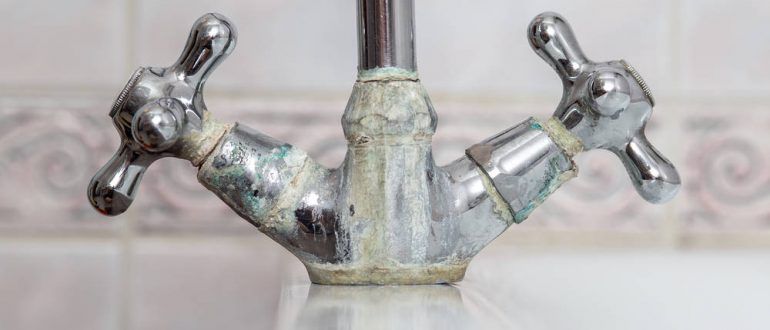Follow these steps to find out how clean your Coffee Machine can be.
Coffee machines are now a common kitchen convenience both at home and in the workplace. They have a major place on domestic kitchen counters, staff room sideboards and are readily available to customers in many working environments. With so many of us using coffee machines and drinking coffee, it is more important than ever to know not only how but why we should clean them on a regular basis.
Why?
An American study carried out by NSF International (National Sanitation Foundation) concluded that there were much larger quantities of harmful bacteria than we expected in our coffee machines. According to the study, the coffee machine (or reservoir to be precise) was: the fifth ‘dirtiest’ place in the house, had the seventh highest recording for coliform data in the kitchen (9%) and had the second highest recording of yeast and mould data with 50% - Yuck! (NSF:2011)
Another team of scientists concluded that ‘67 types of bacteria could be lurking in your drip tray’ and that bacteria multiplied in the capsule container of 9 out of 10 capsule Coffee Machines tested (Fletcher,B:2016)
With bacterias, yeast and mould having ‘negative impacts on your health’, they are known to be ‘triggers for allergies’ too, as well as having the ability to cause disease and infections; and with such high levels found inside coffee machines it is integral that the growth of yeast and mould is prevented (Hamilton Beach:2018).
Hopefully that is enough information as to WHY you need to regularly clean your machine and now you’re ready to find out HOW to give it the most thorough and bacteria repelling clean.
How?
-
Exterior - First things first, clean the exterior of the machine with a cloth which is wet with hot and soapy water, before buffering with a dry cloth or tea towel to clear any excess debris and ensure the surface is shiny.
-
Removable parts - Wash any removable parts your machine may have on a regular basis. This may include: the coffee reservoir, drip tray, filter basket, capsule compartment, water tank or anything at all which can be removed from the machine and re-connected. Good Housekeeping informs that most parts are ‘dishwasher safe’ but you can also wash removable pieces by hand in the sink, with hot and soapy water.
-
Drying - It is vital that you remember do dry all parts thoroughly after cleaning; this ensures a dry environment compared to a moist or damp one, which deters bacterial growth.
-
Descaling internal parts - Descaling the internal parts of your coffee machine is extremely important, not only for hygiene purposes but to prevent the machine from leaking, clogging and restricting the taste of your coffee. To do this you can either: use a half measure of white vinegar and a half measure of water solution or alternatively use a branded descaling solution recommended by the manufacturer of your machine. The solution should be fed through the water tank/ coffee reservoir and run through before being rinsed with water.
-
Getting rid of that leftover powdered coffee - Lastly, to get rid of all that dry, misplaced powdered coffee you can use a small soft bristled brush. These can be found in most convenience stores, but if in doubt you can find them on Amazon for an amazing £1.00!
Bibliography
Fletcher, B. (2016). Harmful Bacteria could be THRIVING in your Coffee Machine. Available: https://www.express.co.uk/life-style/health/631697/harmful-bacteria-could-thrive-coffee-machine.Last accessed 30th July 2018.
Good Housekeeping. (2017). How to clean your coffee maker. Available: https://www.goodhousekeeping.com/home/cleaning/tips/a26565/cleaning-coffee-maker/. Last accessed 12th August 2018.
Hamilton Beach. (2018). 10 reasons to clean your Coffee Maker.Available: https://www.hamiltonbeach.com/10-reasons-to-clean-your-coffee-maker. Last accessed 12th August 2018.
NSF . (2011). 2011 NSF International Household Germ Study. Available: http://www.nsf.org/newsroom_pdf/2011_NSF_Household_Germ_Study_exec-summary.pdf. Last accessed 30th May 2018.
Vilanova, C, Iglesias, A & Porcar, M. (2015). The coffee-machine bacteriome: biodiversity and colonisation of the wasted coffee tray leach. Available: https://www.nature.com/articles/srep17163. Last accessed 30th July 20










